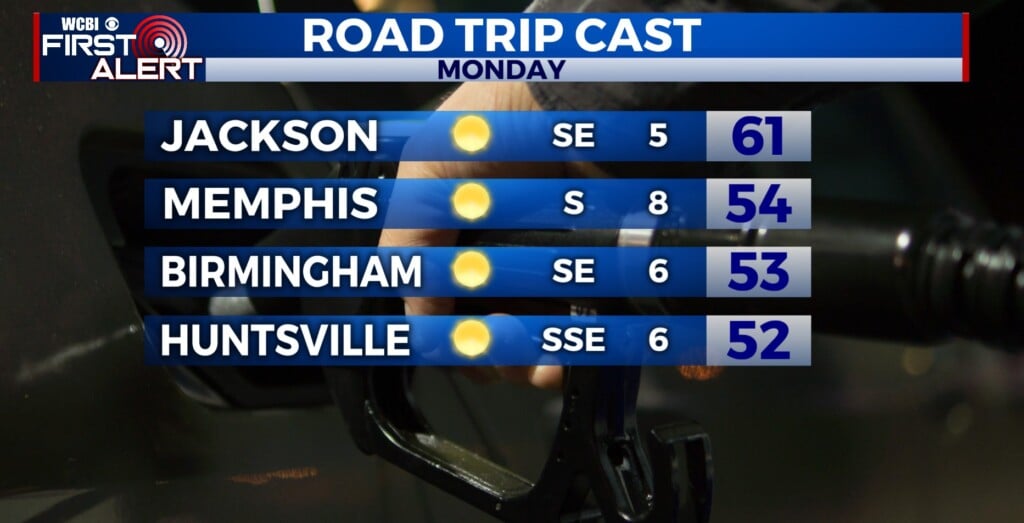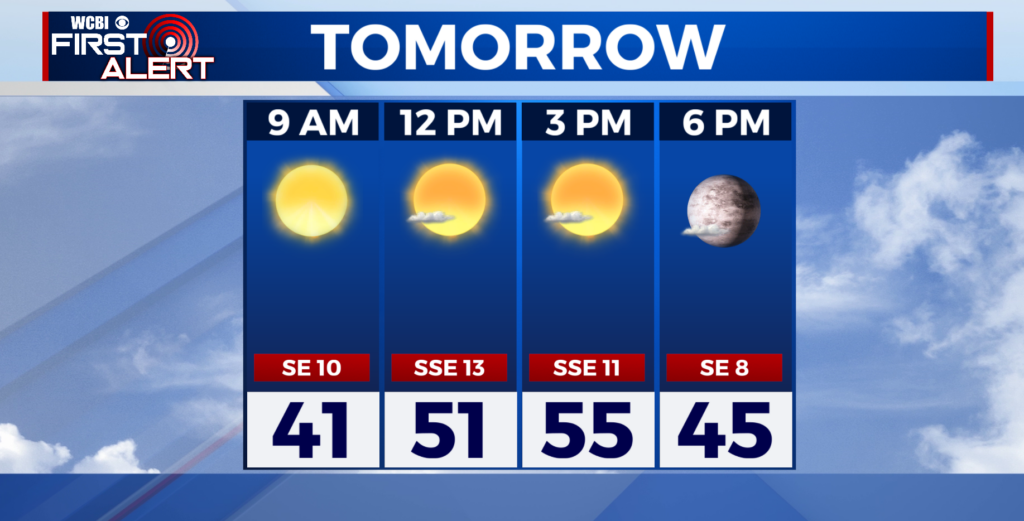Heather’s Weather Lab: The Power of Lightning & Different Types
[bitsontherun 4BvePaRL]
COLUMBUS, Miss. (WCBI) – Some describe hearing a snap-crackle and pop sound. Others say it’s a sizzle like bacon frying. But they all agree, it’s an experience they won’t forget… it’s lightening, a powerful force of nature that dances across the skies during storms. We get a first hand account of one woman’s close encounter with this powerful jolt of energy.
“I heard just about the biggest bang I’ve ever heard in my life, it shook the house,” said Jenni Browning who heard the thunder.
She’s a second grade teacher at Annunciation Catholic School in Columbus. She’s describing what she heard on that early summer morning as a thunderstorm rolled through her North Columbus neighborhood.
“Before I went outside I heard just noise, like crackling and went outside expecting to see smoke,” said Browning. Instead of smoke, she saw a piece of bark stuck in her yard so deep she couldn’t pull it out of the ground.
“I just saw pieces of wood just kind of raining down,” said Browning.
The eighteen thousand degree farenheit lightning bolt struck a tree in her neighbor’s yard, spraying shards of bark 50 feet in every direction. The source of mythology for hundreds of years, this type of lightning is what we call cloud to ground. But it’s not the only type.
Another is cloud-to-cloud lightning. Just like it sounds, that’s when a bolt of lightning travels from one cloud to another but not to the ground. Spider lightning sometimes is the most spectacular. It has “legs” that extend horizontally, and it flashes. These are more common with stratiform clouds.
And while it makes for incredible photographs, it can sometimes be frightening. Jenni says her experience helped her get her young students through scary moments during storms.
“If we react nervous in a nervous way, then they’ll be nervous. So whatever we want from them then we need to give to them,” said Browning.
When storms approach, remember this handle jingle to be safe…when thunder roars go in doors. And…wait 30 minutes before going outside.
To determine how far away a lightening bolt appears, count the number of seconds between the time you see the lightning and then hear thunder. Then divide that number by 5. The result is the number of miles the storm is from where you are.





Leave a Reply